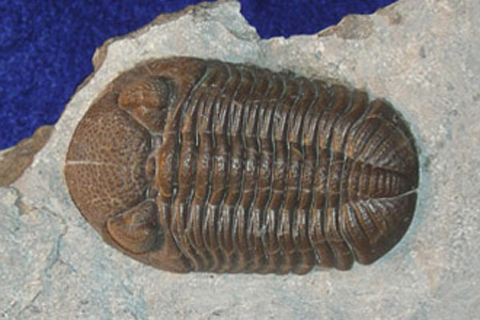Wildlife Watching at Swatara State Park
Swatara State Park has a combination of woodland and old fields in various stages of forest succession. The blending of these habitats results in a remarkably wide variety of trees, wildflowers, and wildlife. Nest boxes are maintained for game and non-game species like:
Bluebirds
Hawks
Wrens
Ducks
Just north of the park is Kittatinny Ridge, an important migration route for birds. It is the largest of the Pennsylvania Audubon’s Important Bird Areas in Pennsylvania. Migrating birds often drop into Swatara State Park to rest and refuel before continuing their migration.
Fossil Collecting
The geology of Swatara State Park is predominately sedimentary rocks that formed in a shallow ocean during the Middle Devonian Period of the Paleozoic Era, about 375 million years ago.
These rocks indicate that this site was a shallow sunlit seafloor where mostly filter-feeding organisms thrived in the gentle currents. The skeletal remains of these organisms were concentrated by wave action into lens-shaped deposits two- to three-inches thick.
An Upper Mahantango Formation that contains significant marine fossil beds is exposed at a site along Bear Hole Trail. It provides excellent opportunities for fossil collecting, including the state fossil Phacops rana, a type of trilobite.

Detailed information about the geology of the area is available from the:
Trail of Geology 16 - Swatara State Park Guide (PDF)
Native and Warm Season Grass Fields
When the park was created during the 1960s, most of the land had been small farms. Since then, the fields have become overgrown with non-native species like autumn olive and multiflora rose. The park has reclaimed many of these fields and planted them with native warm-season grasses like:
Indiangrass
Big and little bluestem
Switchgrass
These grasslands provide a critical habitat, which is rare in Pennsylvania. The fields benefit grassland birds like:
Meadowlarks
Bobolinks
Grasshopper sparrows
Turkey, rabbits, and other small mammals also benefit from the grassland.